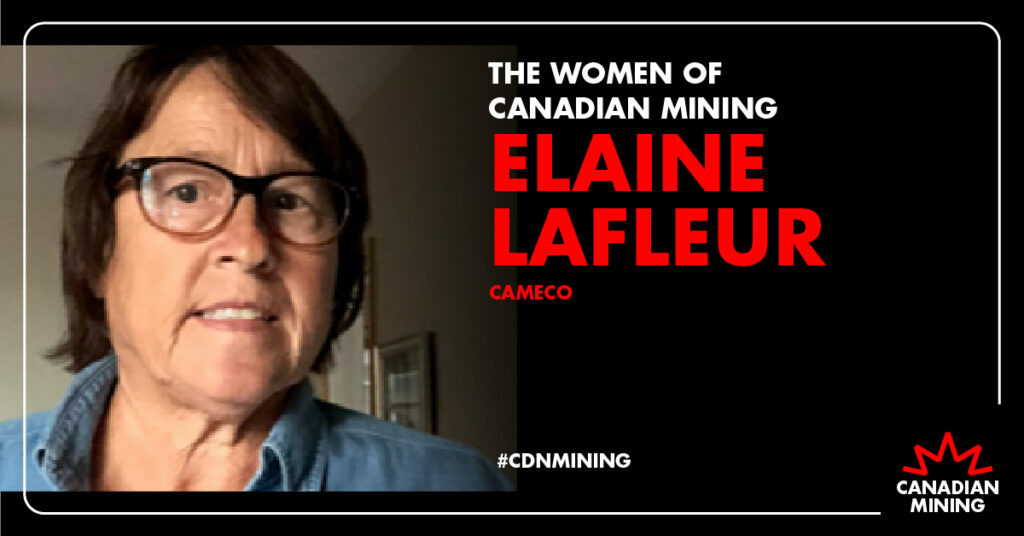Industry highlights top priorities at Energy and Mines Ministers’ Conference
As Canada’s Energy and Mines Ministers convene for their 74th annual conference, a national coalition of mining associations is recommending several government actions to help unlock billions of economic activity across the country, address climate change, bolster reconciliation efforts with Indigenous peoples, and secure Canada as the world’s top supplier of sustainably-sourced minerals and metals in an increasingly lower carbon global economy.
A brief submitted by the Canadian Mineral Industry Federation (CMIF) details six policy areas where provincial collaboration and action by governments can enhance Canada’s ability to attract new mineral investment and expand the mineral and mining industry’s vast socio-economic contributions to Canadians:
- Improve the regulatory process: Given the importance of the regulatory regime to the mining industry’s competitiveness and Canada’s ability to compete against other countries for new mineral investment, it is critical that current reviews of the Canadian Environmental Assessment Act, the Fisheries Act, and the Navigation Protection Act result in an effective, timely and coordinated regulatory process, from pre-environmental assessment (EA) to post-EA permitting, with meaningful consultation.
- Support Indigenous participation in the mining sector: The mining industry is the largest private sector employer of Indigenous peoples in Canada on a proportional basis, is a leading supporter of Indigenous businesses, and makes major investments in skills training and community initiatives. Governments can further enhance the participation of Indigenous peoples in the industry through investments in health, education and skills training, and implementing government resource revenue sharing mechanisms. Building on strengths, government should leverage industry as a platform to advance meaningful Indigenous economic reconciliation.
- Adopt effective climate change policies: An effective climate change policy leads to meaningful emissions reductions while enabling the Canadian economy to grow. It needs to be carefully designed to ensure the competitiveness of emissions-intensive and trade-exposed (EITE) sectors, like mining. Failing to protect EITE sectors will lead to mineral production moving to competitor countries with less stringent climate change policies. Critical for the mining sector is that policies must also be compatible to minimize compliance burden, and sensitive to changing economic and geographical realities such as those in Canada’s remote and northern regions where few options exist to fuel switch from diesel.
- Carefully consider land use and withdrawals: Withdrawal of highly-prospective areas is reducing the attractiveness of Canada as an exploration destination. Canadian governments should ensure that mineral potential is factored into all land withdrawal decision-making processes, and that land use planning and withdrawal decisions are balanced and made through systematic and structured processes.
- Address the costs of operating in remote and northern Canada: The future of Canada’s mineral industry lies increasingly in remote and northern regions, and the current infrastructure deficit acts as a major barrier to opportunities for greater wealth discovery and production. The CMIF supports the creation of the Canada Infrastructure Bank and encourages the federal government to ensure that it has a pathway for remote and northern Canada, including infrastructure projects that benefit both industry and local and Indigenous communities.
- Support industry’s innovation investments: To help Canada become the leading supplier of sustainably-sourced minerals and metals, and the technologies the world needs to best extract them, government and industry collaboration is needed. This includes government support for the proposed CLEER (Clean, Low-energy, Effective, Engaged and Remediated) Clean Resources Innovation Supercluster, led by the Canada Mining Innovation Council and the Centre for Excellence in Mining Innovation.
In recent years, the CMIF made recommendations to help make the Energy and Mines Ministers’ Conference more productive. The CMIF thanks the event organizers for acting on these recommendations, which has resulted in a new format that allows for greater government-industry collaboration on shared and strategic priorities.
QUOTES:
“We share the same vision as governments across this country that Canada can be a leading supplier of the minerals and metals the world needs, both today and in a lower carbon future, which will only serve to increase the demand for our products. Canada’s mining industry, which operates some of the lowest-emitting, highest-tech, and socially-responsible mining operations globally, is looking forward to working with governments, communities and Indigenous peoples to get the foundational pieces in place to foster future growth and achieve our collective vision,” stated Pierre Gratton, President and CEO, the Mining Association of Canada.
“Industry and government have an opportunity to work together to enhance exploration financing, infrastructure development and the regulatory certainty needed for a successful mineral exploration and mining industry in Canada, a sector that is increasingly recognized for its innovation and sustainability. Mineral exploration and mining is a proven economic driver for Canada, providing critical job opportunities for remote and Indigenous communities, and must remain a source of employment for generations to come,” says PDAC President Glenn Mullan
About the Mining Association of Canada (MAC)
The Mining Association of Canada (MAC) is the national organization for the Canadian mining industry. Its members account for most of Canada’s production of base and precious metals, uranium, diamonds, metallurgical coal, and mined oil sands, and are actively engaged in mineral exploration, mining, smelting, refining and semi-fabrication. Please visit www.mining.ca.
About the Prospectors & Developers Association of Canada (PDAC)
The Prospectors & Developers Association of Canada (PDAC) is the leading voice of the mineral exploration and development community. With over 8,000 members around the world in all sectors of the mining industry, PDAC’s mission is to promote a globally-responsible, vibrant and sustainable minerals industry. As the trusted representative of the sector, PDAC encourages best practices in technical, operational, environmental, safety and social performance. PDAC is known worldwide for its annual PDAC Convention, regarded as the premier international event for the mineral industry. The PDAC Convention has attracted over 25,000 people from 130 countries in recent years and will next be held March 4-7, 2018 in Toronto. Please visit www.pdac.ca.
About the Canadian Mineral Industry Federation (CMIF)
The Canadian Mineral Industry Federation (CMIF) comprises more than 20 national, provincial and territorial associations that represent various components of the Canadian mineral and mining industry.
For more information, please contact:
Jessica Draker, Mining Association of Canada, (613) 233-9392 x225 or jdraker@mining.ca
Kristy Kenny, Prospectors & Developers Association of Canada, (416) 362-1969 x233 or kkenny@pdac.ca


